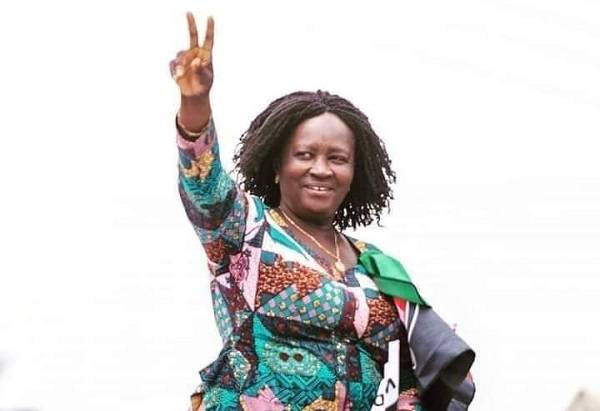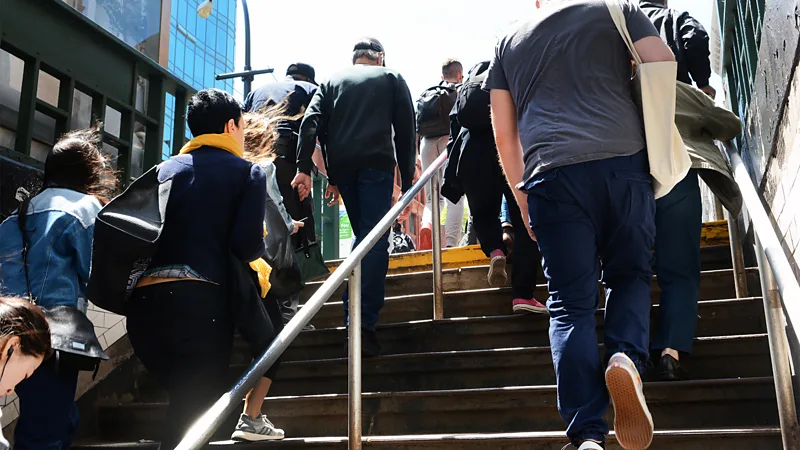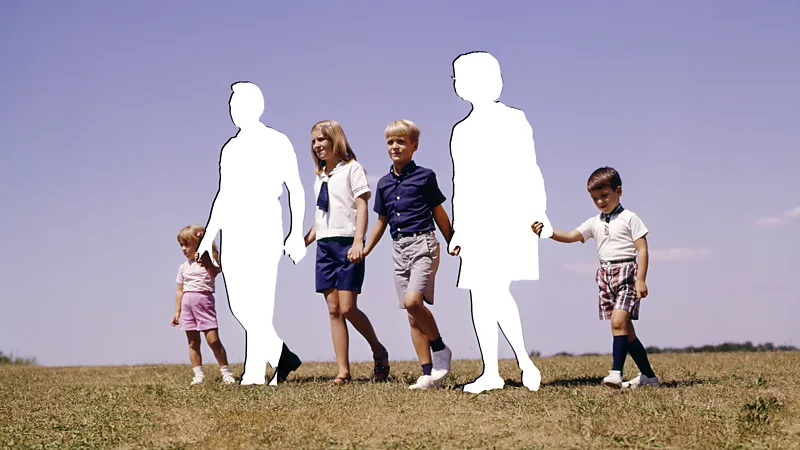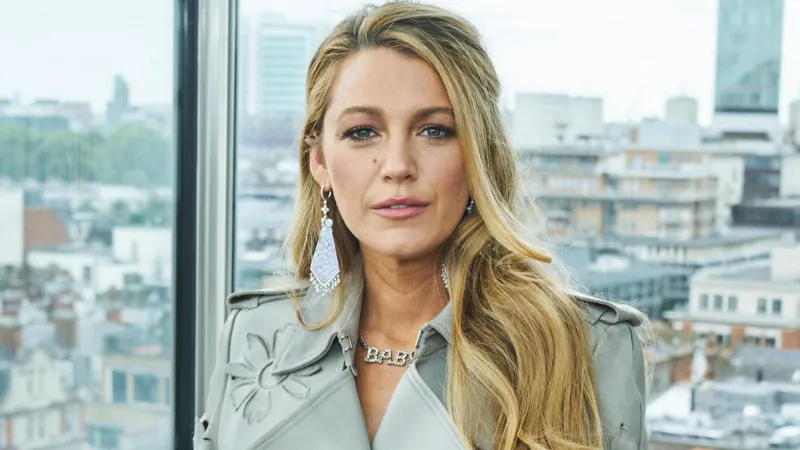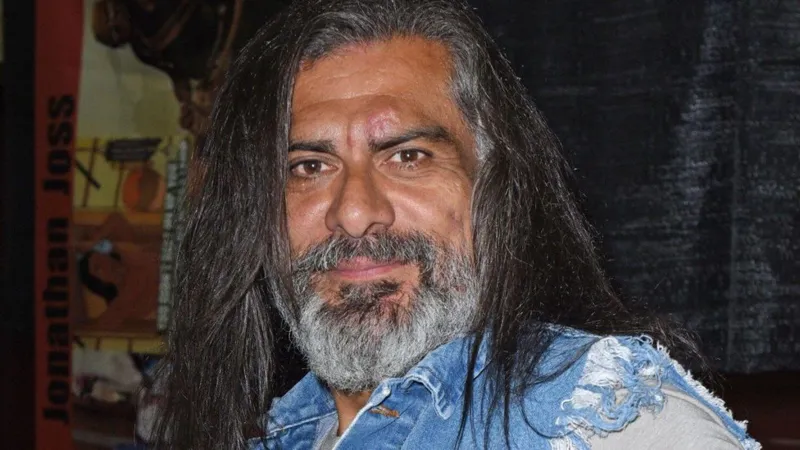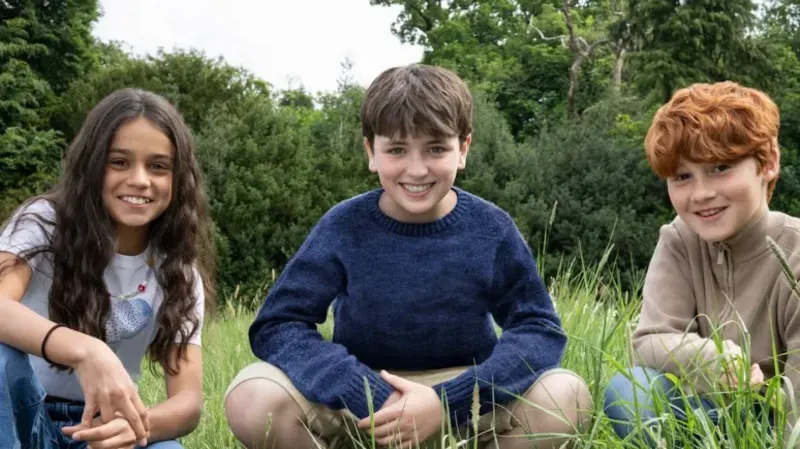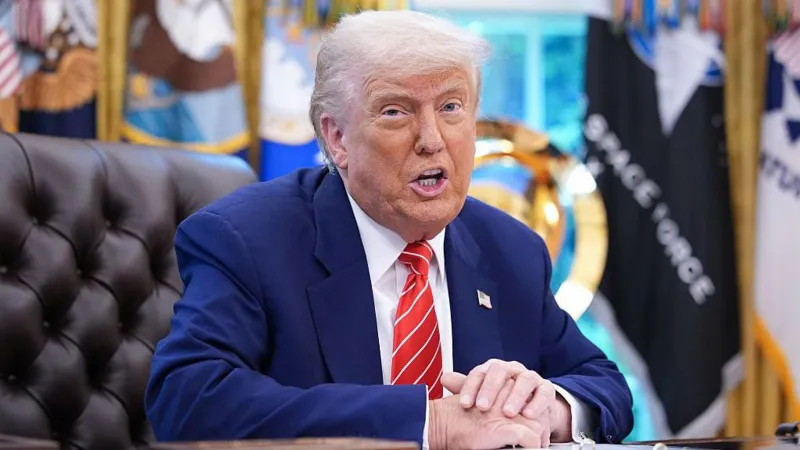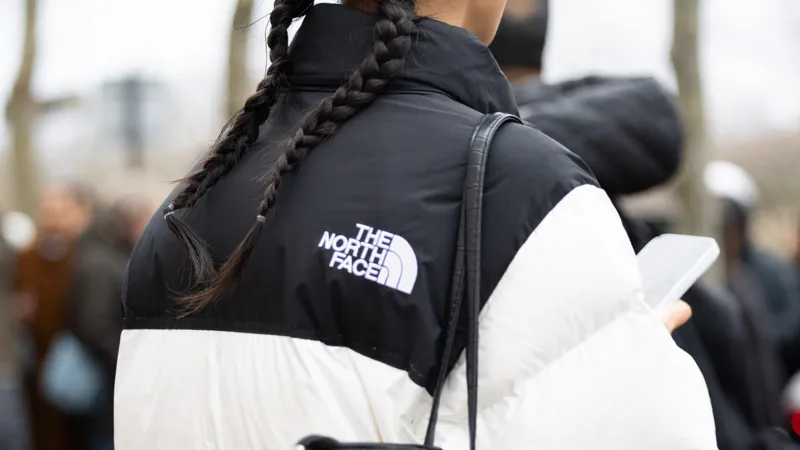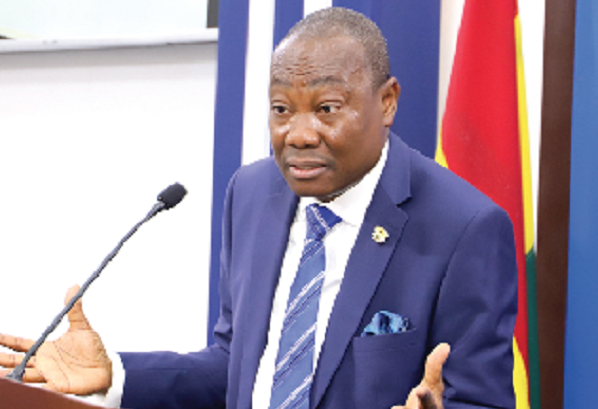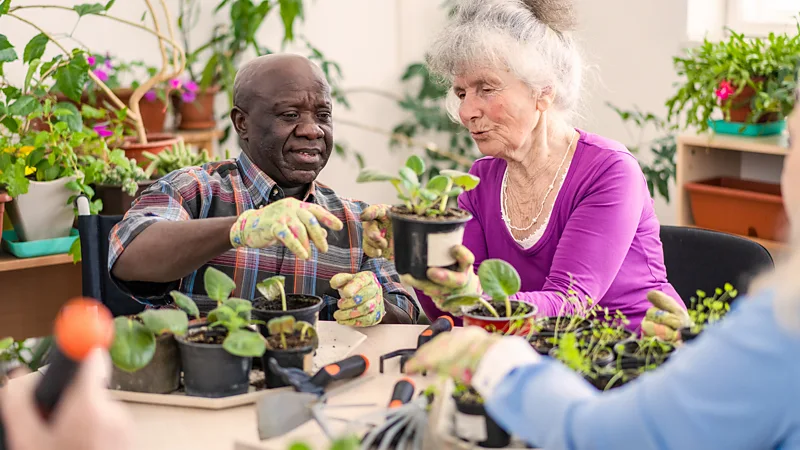The Role of Urban Forests in Climate Change Mitigation: Review of Global Policies and Practices
Research
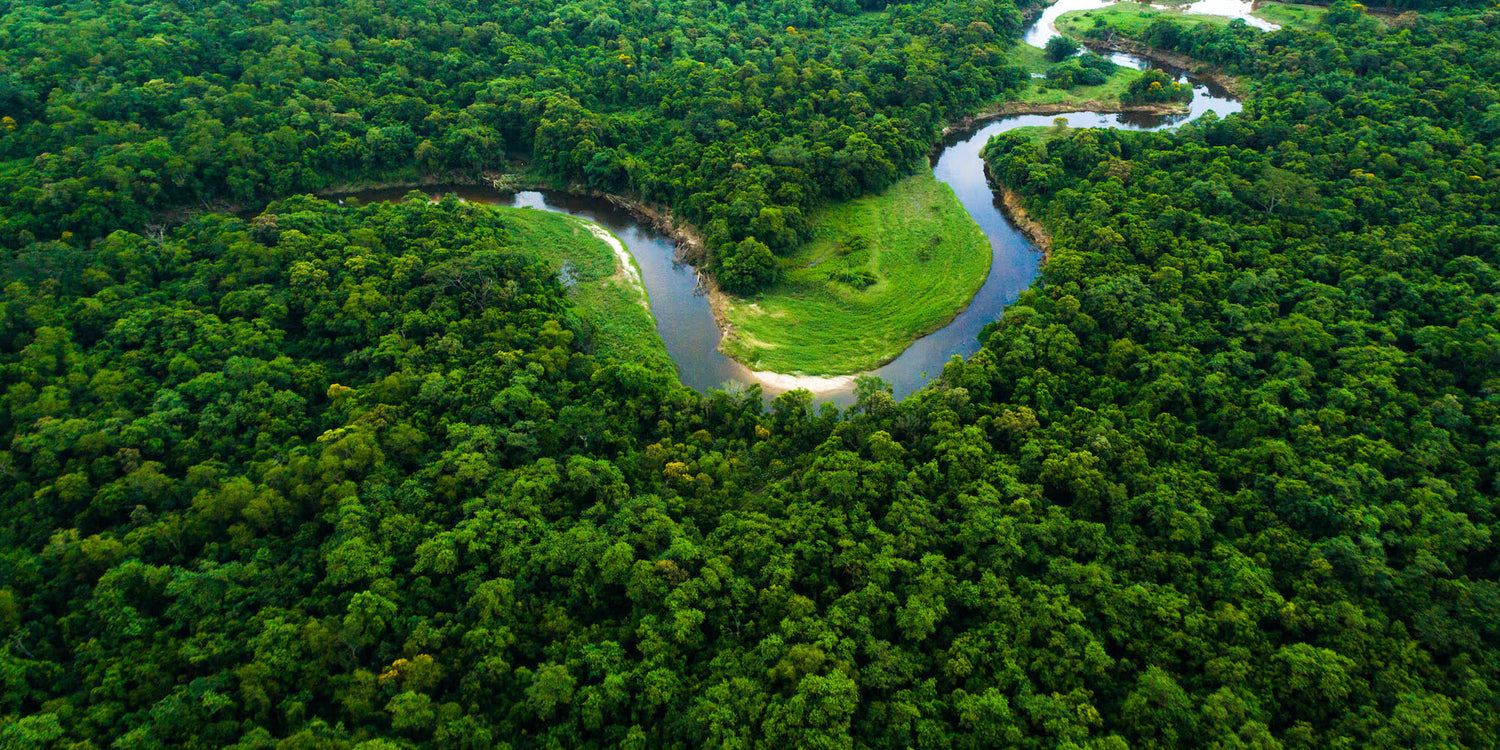
Abstract
The notion of ‘urban forest’ refers to all trees that grow within urban areas and these trees pays a significant role in providing towns and cities ecological services.
The infrastructure of Urban Green Spaces(UGS) is currently receiving increased attention due to its importance for cities, when they are developed, developing or in the future. Sustainable development nevertheless requires sustained urbanization and green planning for cities is seen as a successful defense against impending climate change concerns.
Introduction
Climate change poses huge threats to humanity, needing immediate and
comprehensive response.
It is recognized as one of the biggest problems the world is facing, posing a potential threat to the environment and almost all aspects of human life.
Since the United Nations Framework Convention on Climate Change in 1992, many efforts have been made to mitigate climate change, with no considerable results. According to climate change projections, temperatures will continue to rise, and extreme weather events will become more frequent, prolonged, and intense.
Reflecting these concerns, the 2015 Paris Agreement was adopted as the cornerstone for reducing the impact of climate change, aiming to limit global warming below 2 °C and even keep the temperature rise below 1.5 °C.
To achieve this international goal, focused mitigation actions will be required. Climate change has a strong impact on forests, enhancing their growth but also posing risks to them. Conversely, forests can mitigate climate change, as they have a considerable impact on global surface temperatures through their influence on the land–atmosphere energy exchange and the absorption of vast amounts of CO2 through photosynthesis. (Psistaki et al., 2024)
Consequently, urban forests and trees, afforestation and reforestation have become integral components of climate change mitigation strategies worldwide.
This essay aims to summarize the cutting-edge knowledge on the role of urban forests in climate change mitigation with special look at how urban forests impacts water access; how non-governmental organisations contribute with urban forests projects; government policies on urban forests, some regenerative policies; and some climate actions and policies worldwide as climate change ‘does not need a passport to enter any country’.
Urban Forests as a Nature-based Solution to Climate change
In recent years,urban trees have gotten a lot of attention as a top climate change solution. And while that remains true, in order for collective climate efforts to succeed, reforestation needs to happen alongside other critical actions—such as reducing global emissions and protecting urban existing forests. That said, planting the right trees in the right place, at the right time, and for the right reasons, is a powerful Nature-based Solution.
Urban forests combat climate change by absorbing carbon dioxide from the atmosphere and storing it in their biomass. According to Global Forest Review, the world’s existing forests absorb a net 7.6 billion metric tons of carbon from the atmosphere each year - equivalent to about 30% of what is emitted every year.
Urban trees also remove many harmful airborne pollutants that are associated with climate. These include gaseous pollutants such as nitrogen dioxide, carbon monoxide, smoke, dust and other chemicals.
Also, trees regulate temperatures in urban landscapes. This reduces the amount of energy that is needed to maintain safe indoor temperatures.( Weeden 2014)
Again, urban forests protects biodiversity.
Urban forests can be useful both in mitigating climate change and in helping cities adapt to higher temperatures and other impacts of climate change. Urban trees reduce the amount of greenhouse gases in the air by sequestering carbon dioxide and by reducing the amount of energy needed to heat and cool buildings. These roles can be quantified at the scale of individual trees or entire cities (McPherson et al. 2005) and also for states (McPherson and Simpson 2003).
The overall effect of urban forests is to cool the local environment during summer. Trees provide shade that keeps some sunlight from reaching the surface below their canopies. When trees shade buildings, this interception can reduce summer demand for air conditioning, which in many cities is powered by greenhouse-gas-emitting fossil fuels, such as natural gas or coal. Shade around air-conditioning units can reduce energy use by partially pre-cooling air before it enters the building.
Urban Forests and water access
Urban forests can improve urban stormwater management and reduce the hazards posed by flooding while also providing other environmental and cultural benefits. In many cities, contaminated drinking water causes severe health issues like diarrhea and dysentery. Reliable water treatment, however, can be costly. Forests in nearby watersheds can protect water supplies from pollutants, prevent soil erosion and filter sediment, keeping surface waters and aquifers cleaner and reducing treatment cost to cities. Mature, native forests provide these benefits more reliably than plantations, so preventing deforestation in watersheds is critical.
Water scarcity caused by drought, groundwater depletion or reduced river flows affects many cities around the world — especially in arid regions. Preventing deforestation and restoring forests can increase soil infiltration and groundwater recharge.
Forests also modulate rainfall patterns at regional and even global levels. Forest evapo-transpiration acts like a giant pump, sending water into the atmosphere and redistributing it before it falls as rain.
How NGOs contibutes to urban forest projects
Non-Governmental Organizations, commonly referred to as NGOs, have emerged as key players in the realm of sustainable development, wielding a potent blend of advocacy, community engagement, and resource mobilization to drive impactful change. These organizations, often fueled by a passion for environmental conservation and social equity, operate at the forefront of global and local sustainability efforts, transcending geographical boundaries and political constraints.
NGOs undertake diverse roles in the context of sustainable urban tree planting, ranging from facilitating community-based reforestation projects to advocating for policy reforms that support sustainable land management. Their efforts encompass a wide spectrum of activities, including awareness campaigns, capacity building, and fostering partnerships with governmental bodies, private enterprises, and local communities.
Examples of such NGOs in Ghana include;
Plant-for-the-Planet Ghana is an independent, non-profit and non-governmental organization operating in Ghana. It advocates for and empowers young people to fight the climate crisis and restore degraded ecosystems in the Northern Savannah Ecological Zone in Ghana.
The Environmental NGOs Tropenbos Ghana and EcoCare Ghana, partners implementing the European Union funded Landscapes and Environmental Agility across the Nation (LEAN) project in the transition landscape donates about thirty nine thousand (39,000) indigenous and fruit tree seedlings to the Bono East Regional office of Forestry Commission in Ghana in support of the government’s Green Ghana Project. The Green Ghana Project is an initiative by the Ministry of Lands and Natural Resources, which seeks to plant and nurture to maturity five million trees in a day to restore the country’s degraded landscape and forest cover.
Earth Care Ghana is a non-governmental organization (NGO) based in Ghana that focuses on environmental sustainability, climate change, and natural resource management with the aim of promoting sustainable development through community engagement, education, and advocacy.
Earth Care Ghana’s work is focused on several key areas, including; Climate Change Adaptation and Mitigation. Earth Care Ghana works with communities to develop and implement strategies to adapt to the impacts of climate change, as well as reduce greenhouse gas emissions.
Sustainable Agriculture: The organization promotes sustainable agricultural practices that enhance food security, reduce poverty, and promote sustainable land use.
They also work to conserve Ghana’s unique biodiversity by promoting sustainable natural resource management and protecting threatened species and habitats.
Global Climate actions and regenerative policies on Urban Forests
In the words of the former Secretary-General of the United Nations, Ban Ki-moon, ‘climate change carries no passport and knows no national borders. Countries must work toward the common interest, beyond narrow national interests’. (UN News Centre 2015)
Climate change indeed does not need a passport to enter any country in the world. The phenomena could spring up on both developed or developing countries. Its adverse effects also knows no boundary.
Therefore, the United Nations, private organisations, local and world governments are striving hard to save the planet through the implementation of joint urban forest projects as a means to mitigate climate change.
Melbourne’s Urban Forest Strategy
In Melbourne, Australia, the millenium drought, higher temperatures and ageing urban tree population threatened the city with an environmental challenge. And as such, an important response from the city was the creation of the ‘Urban Forest Strategy’ which promised and delivered thousands of newly planted trees in 2012. This tree growing canopy continue to help residents of Melbourne survive the intense heat of summer.
The strategies and targets proposed to achieve this vision was to increase canopy cover, increase urban forest diversity (The urban forest will be composed of no more than 5% of any tree species, no more than 10% of any genus and no more than 20% of any one family, Improve vegetation health, Improve soil moisture and water quality, improve urban ecology among others.(CPI 2016)
Trees for Life: Barcelona Tree Master Plan 2017-2037
Barcelona (Spain) is currently implementing the "Trees for Living - Barcelona Tree Master Plan 2017-37" as part of its Green Infrastructure and Biodiversity Plan until 2020. The plan embodies the city's vision of trees as a fundamental part of Barcelona's green infrastructure and aims to increase the city's tree cover by 5%, so that 30% of the city's surface area is covered with trees. Specifically, the Tree Master Plan is the strategic document that guides the Barcelona City Council for future planning, management and conservation actions for municipal trees in the urban area. As such, the plan aims to combat the adverse effects of climate change on urban development and, at the same time, increase urban biodiversity, connect people with nature and provide ecosystem services. (Aujtament de Barcelona 2017)
Trees in Cities challenge
In 2019, the United Nations Economic Commission for Europe (UNECE) launched the “Trees in Cities Challenge” at the Secretary-General’s Climate Action Summit (New York, 21 September 2019), aiming to raise the awareness of policy-makers of the potential of urban trees and forests as a nature-based solution to climate change. The initiative invites mayors and urban authorities to make a scalable pledge to expand their urban canopy cover within a year, and in that way give a local contribution to climate action and help achieve the Sustainable Development Goals.( UNECE 2019)
UNECE Petit Forest Network
The UN Petite Forest Network is a global initiative aimed at creating small urban forests that revitalize communities, enhance biodiversity, and mitigate climate change. By working with cities and organizations around the world, the Network promotes the establishment of petite forests as a vital part of sustainable urban development. (UNECE 2024)
Hanwha Solar Forest
Initiated ten years ago the Hanwha Solar Forest progra was cited at a general meeting of the United Nations Convention to Combat Desertification in 2011 as the world’s first corporate project using solar energy to fight desertification. This initiative is different from its peers because it uses solar energy to power its nurseries. Solar energy supports the clean water supply, temperature and humidity control, and lighting conditions required to nurture saplings, creating a carbon-neutral forest. Since the program’s launch in 2011, it has created eight forests throughout South Korea, China, and Mongolia and led to the planting of half a million trees in 1.33 million square meters, equivalent to 180 soccer fields.(Hanwha 2022)
Green Ghana Project
Lunched in 2011, the Green Ghana Project, a reforestation program, funded by the European Union is a national initiative to restore Ghana’s forests and combat climate change. The projects goals is to plant millions of trees, improve livelihoods of rural communities, beautify the environment, preserve biodiversity, mitigate the threat of bush-fires and promote the cultivation and protection of shea trees.
Conclusions
Forests, through their biochemical processes, such as photosynthesis, play a key role in removing CO2 from the atmosphere and constitute important carbon sinks. However, anthropogenic activities and natural disturbances have resulted in the degradation and destruction of extensive forested areas.
Coupled with the looming threat of rapid climate change, the future of forests remains uncertain. Given these challenges, along with the multitude of socio-environmental benefits forests offer and the urgent need for immediate and decisive climate change mitigation actions, afforestation and reforestation programs are gaining steadily increasing attention.
Nevertheless, forests possess considerable carbon sequestration potential, leveraging their ability to absorb CO2 through photosynthesis and store it in biomass and soils. This highlights the vital role forests play in global carbon balance, making afforestation and reforestation crucial components in the fight against climate change. In addition, the combination of these actions with other carbon removal technologies would be beneficial, providing an integrated solution that will increase the likelihood of long-term effectiveness in carbon storage.
Ironically, the work of urban tree planting-including watering, seasonal climate control and general maintenance can rely on fossil fuel. To reach their full potential, it is important therefore that afforestation and urban forest initiatives use green energy. The private sector, government and the public must design green initiatives to become net-zero, transitioning from fossil fuel to use green energy sources.
Overall, effective climate change mitigation demands a comprehensive strategy for both restoring degraded urban forests and establishing new ones, alongside sustained and intensified endeavors to reduce anthropogenic greenhouse gas emissions.
References
Center for Public Impact 2016; Responding to Climate change; Melbourne’s Urban Forest Strategy
Global Forest Review 2024
Hanwha Solar Forest 2022; Fighting Climate Change
McPherson, G., and J.R. Simpson, 2003. Potential energy savings in buildings by an urban tree planting programme in California. Urban Forestry and Urban Greening 2: 73-86.
McPherson, G., J.R. Simpson, P.J. Peper, S.E. Maco, and Q. Xiao, 2005. Municipal forest benefits and costs in five U.S. cities. Journal of Forestry 103: 411-416.
Psistaki, Kyriaki, Georgios Tsantopoulos, and Anastasia K. Paschalidou. 2024. "An Overview of the Role of Forests in Climate Change Mitigation" Sustainability 16, no. 14: 6089
United Nations Economic Commission for Europe (UNECE) News, 2019
Weeden Meaghen, 2024: One tree planted, Trees and Climate change: How Forests benefit the climate
Source : Florence Kyei / Lead News Online
The author is an Environment & Climate Journalist and Lead Writer at Lead News Online.
Emal: [email protected]
Linkedin: https://www.linkedin.com/in/florence-kyei-970764140
Twitter: https://x.com/evlogia_7


